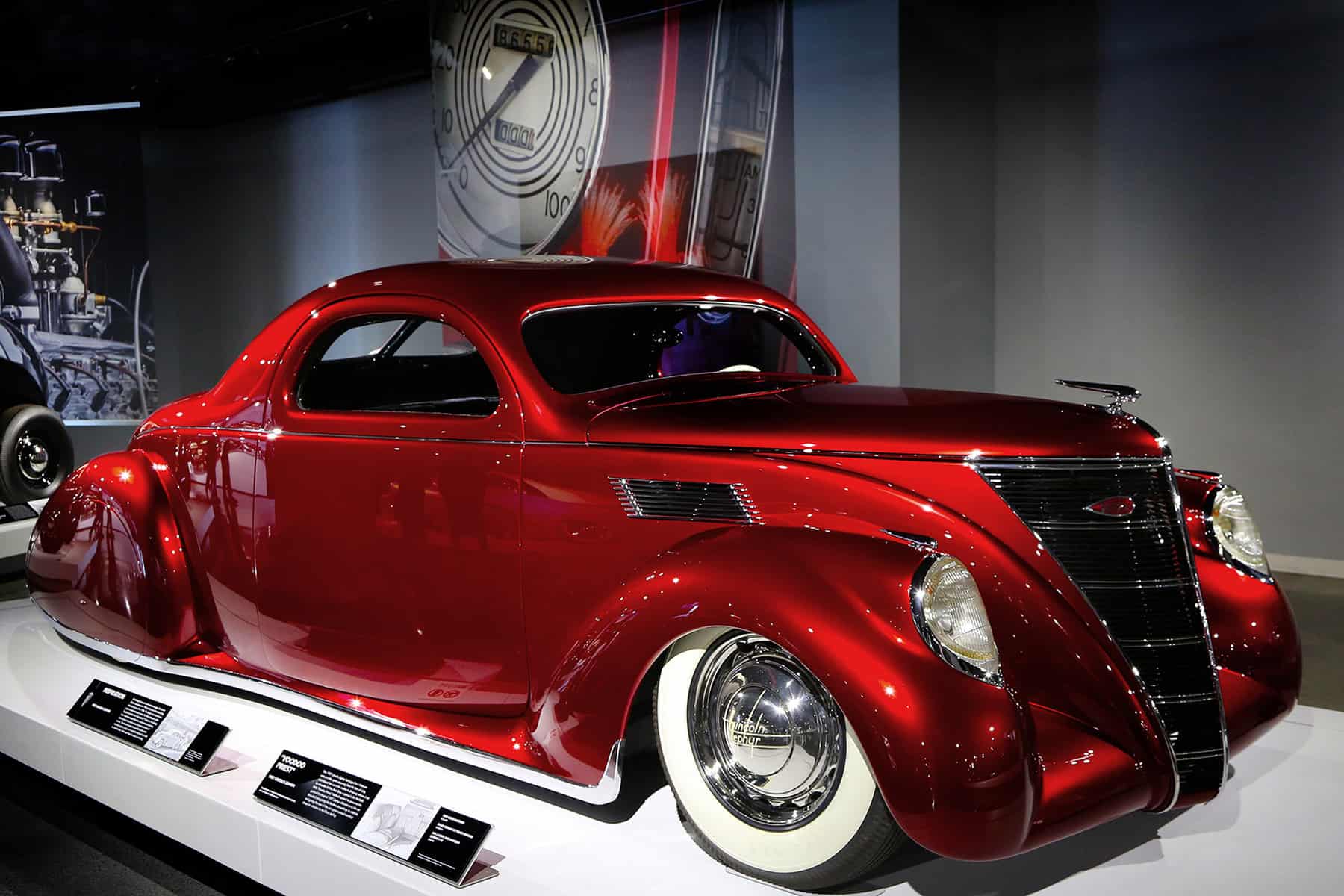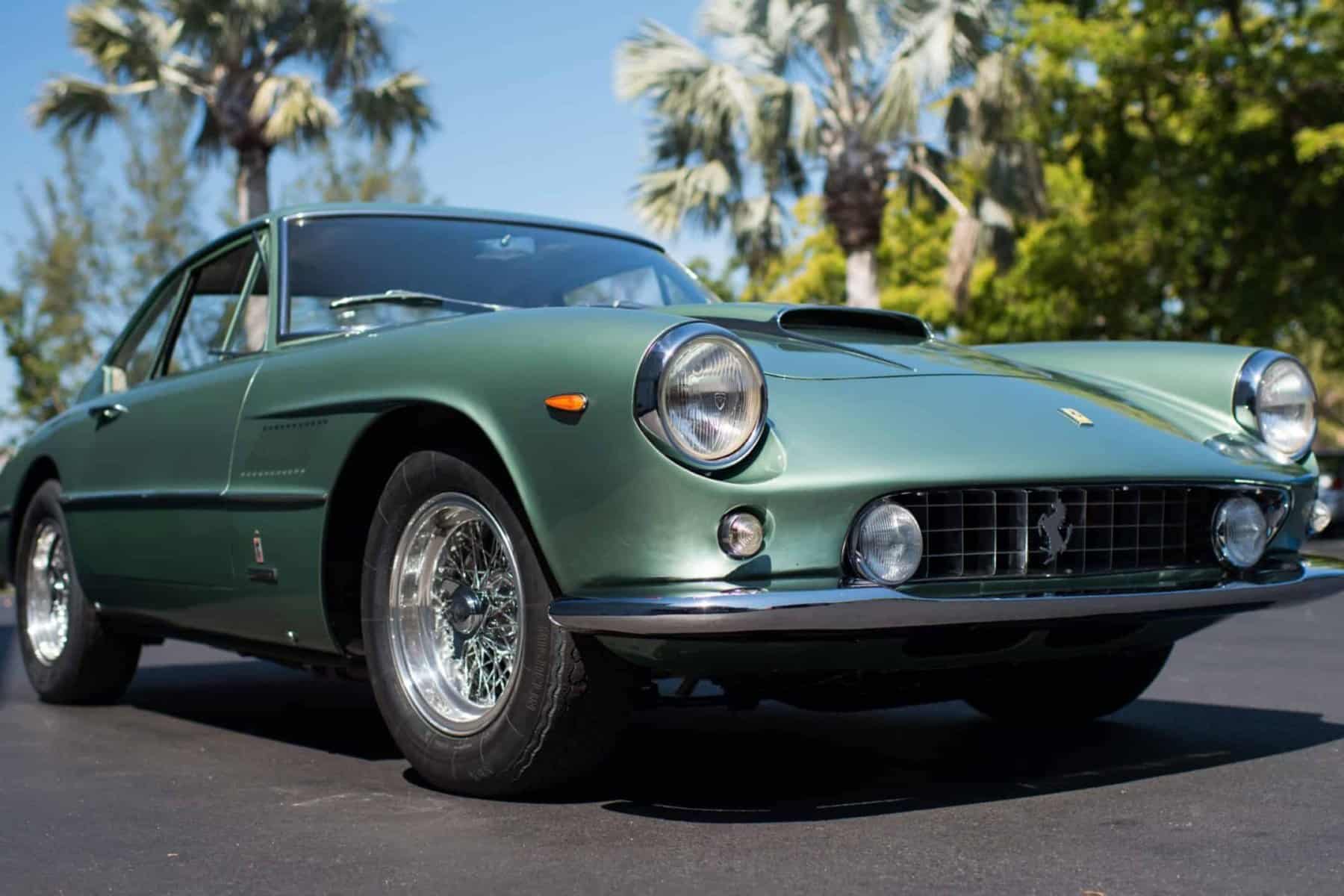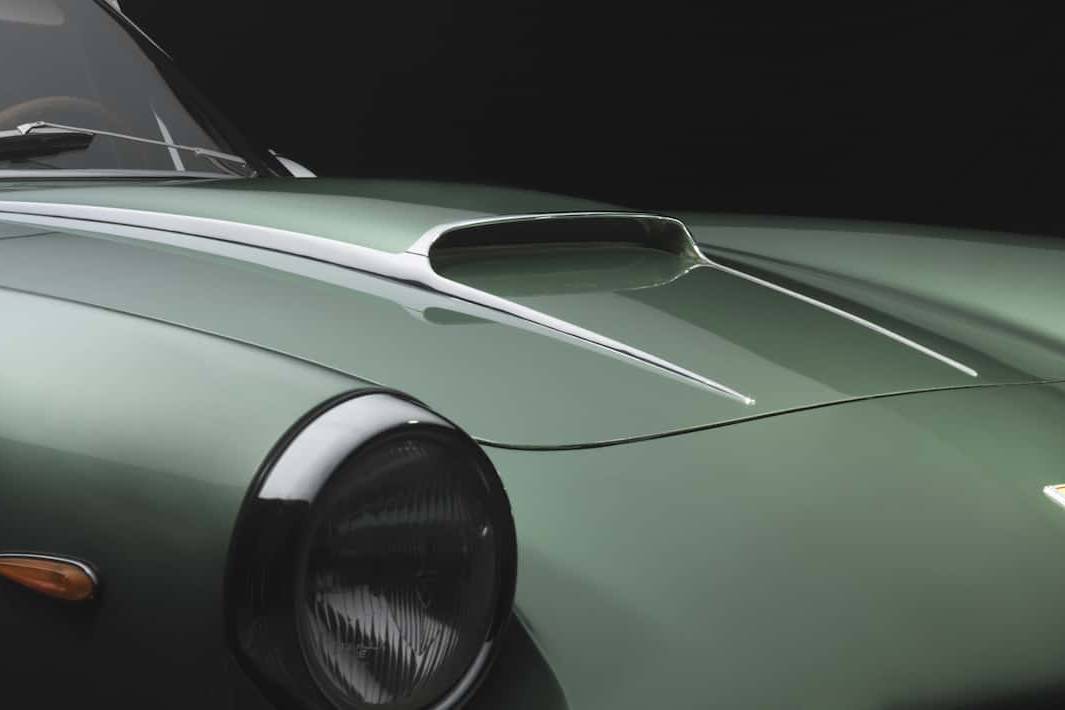
Monaco Historic Grand Prix
For the first time in decades, Monaco’s streets will be quiet this May
BY: WOUTER MELISSEN
For the first time since 1955, the streets of Monaco will be quiet during the month of May. Due to health concerns, the Automobile Club de Monaco (ACM) were forced to cancel the Formula 1 race and the biennial Historic Grand Prix traditionally organized two weekends prior during even years.
Like so many of us, historic racer and Monaco resident Franco Meiners believes it is a real pity the events have been cancelled: “On the port there are all the cabins of the big FIA offices, and they started building the grand stand in front of the boxes and Rascasse, but they stopped. Monaco stopped breathing the charming atmosphere of racing, the smell of racing fuels, the sound of the racing cars … a surreal atmosphere.”
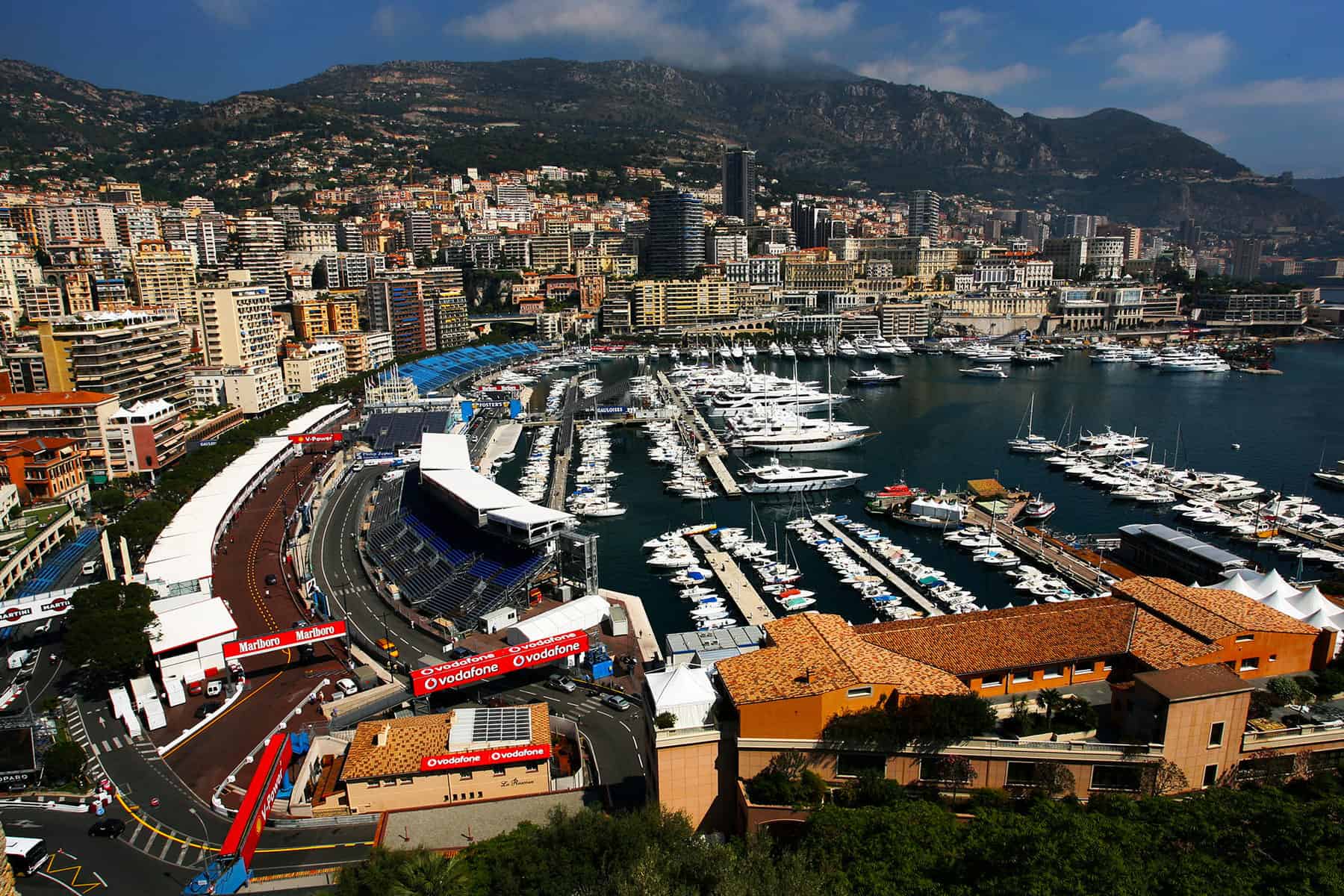
First held in 1929, the Monaco Grand Prix is run on what are normally the public roads of the Principality. The Circuit de Monaco provides drivers with a unique experience and, above all, a huge challenge. The Brazilian driver Nelson Piquet once said of the course, “It’s like riding a bicycle around your living room.” Meiners says, “For me Monaco, is like driving a rally with a Formula 1 car. You have to anticipate everything as quickly as possible to avoid to be squeezed into an issue.”
For many years, this experience was limited to Grand Prix weekends where the world’s most talented drivers were going head-to-head in the Formula 1 race with whatever track time that remained dedicated to support races, usually for smaller single-seaters that allowed young drivers to show their talent. One of them was the German racer, Marco Werner, winner of the 1992 Formula 3 race at Monaco, who was immediately offered a chance to drive a Formula 1 car. He said, “I received a test offer the same night of my Monaco F3 victory, from Ken Tyrrell.” Sadly, the test ultimately did not materialize but Werner would later score three victories at Le Mans and three at Sebring and also win the 24 Hours of Daytona off the back of his crucial F3 victory.
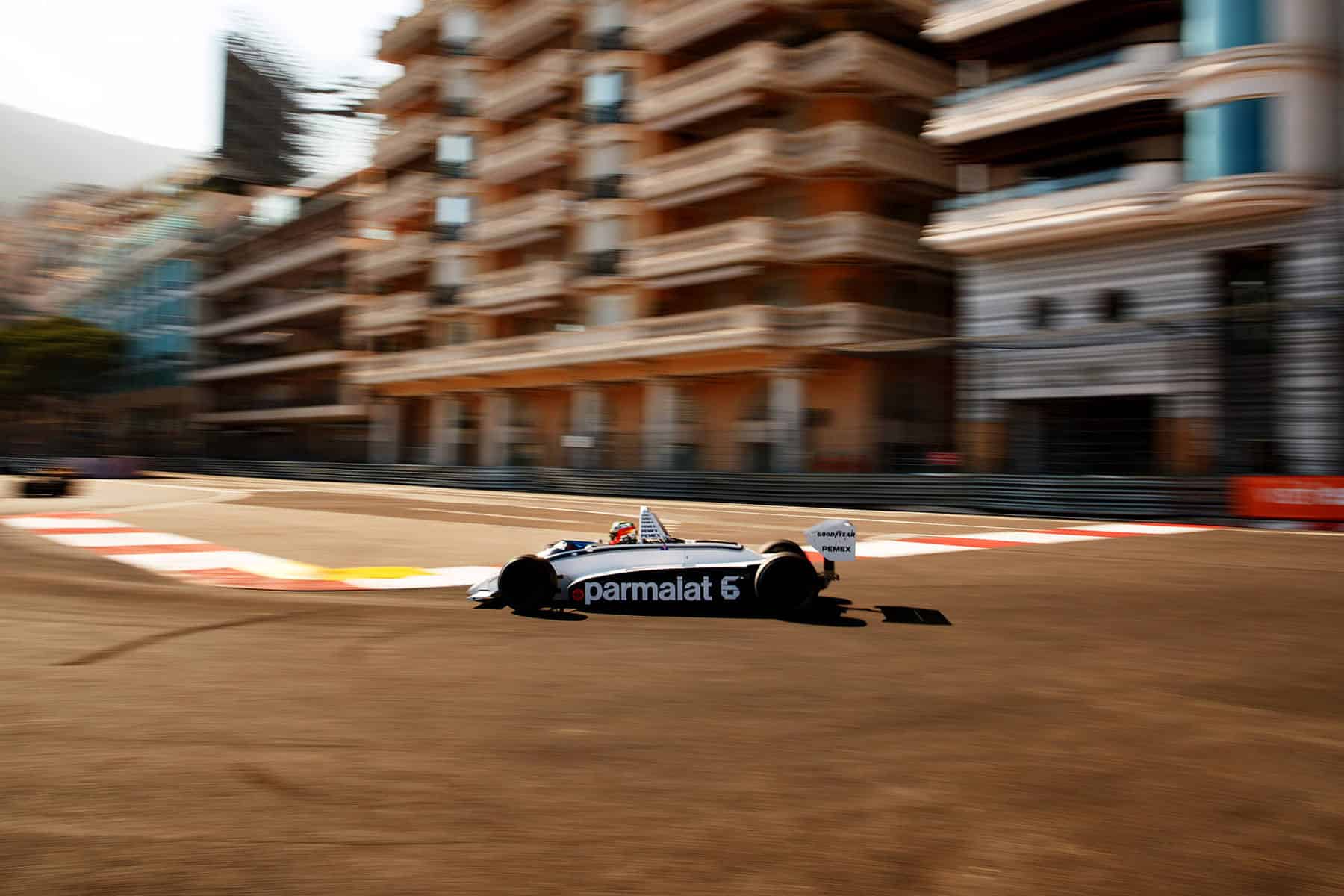
To celebrate the rich history of the most famous race on the Formula 1 calendar, the ACM decided to introduce the Monaco Historic Grand Prix in 1997. This allowed the car owners to feel like Senna, Jim Clark, or Fangio for a weekend, while spectators were treated to the sights and smells of Grand Prix cars from a bygone era. From 2000, the event has been held every other year, two weeks prior to the actual Grand Prix. Not surprisingly, the event instantly became one of the absolute highlights on the calendar.

Meiners sums the historic race experience: “What amazes me, is that in Monaco, apart being very physical, for so much shifting and braking, you need to keep a lot of concentration, don’t get distracted by the buildings, the terraces, the boats, the girls, all the colors and the big TV’s. Try to keep in mind your braking points, try to use most of the track without spinning the wheels too much. On other tracks, you have the time on straights to check your instruments, to breathe, to think; not in Monaco. In Monaco, you drive with your heart. It’s amazing when you arrive at the swimming pool and Rascasse, and you think you are in an arena with lots of people looking at you – and looking for your mistake! Nowhere else are people so close to the cars as in Monaco.”
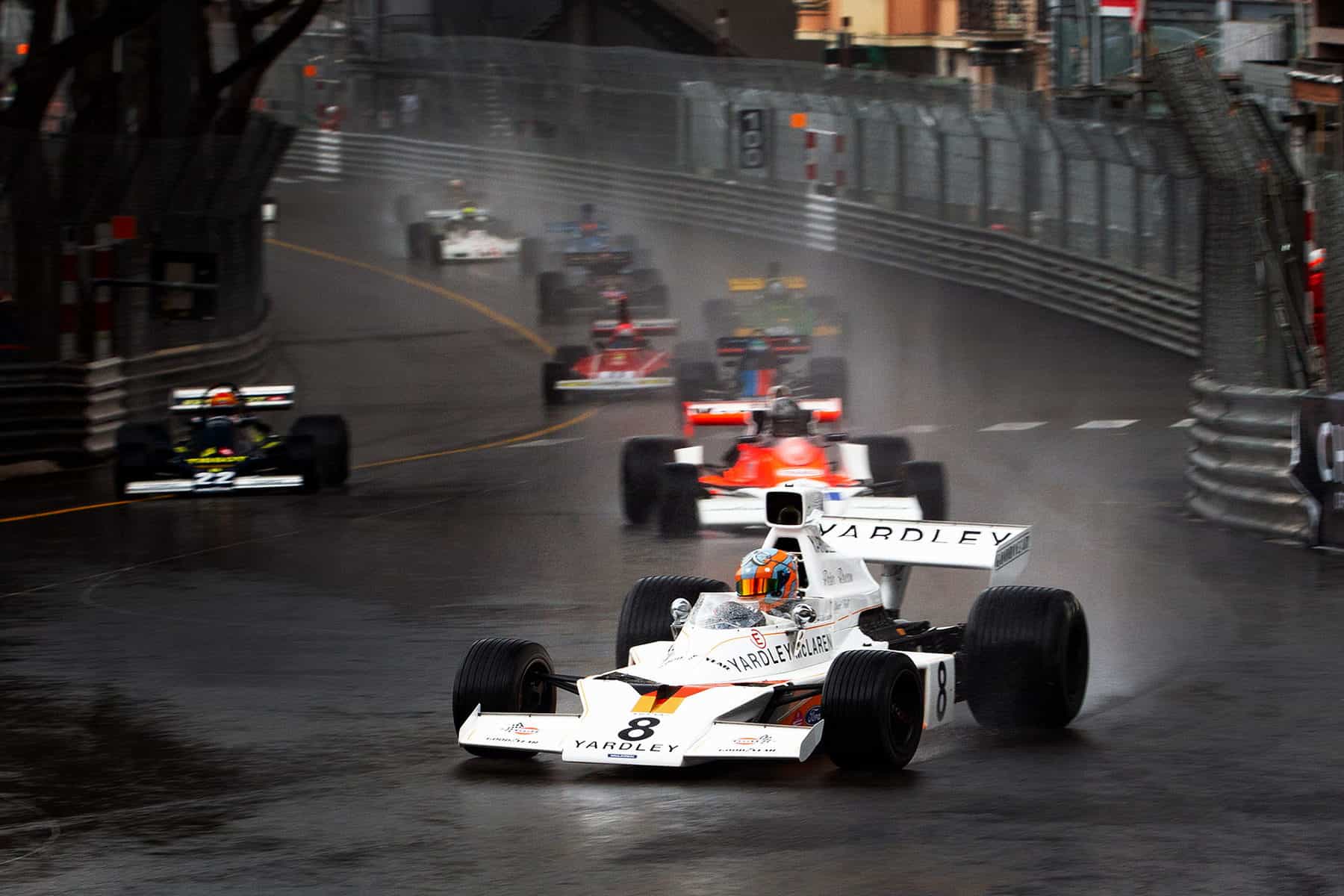
Even for seasoned historic racers, the race itself, let alone winning at Monaco is special. “I certainly never thought I would race there, never mind in a Formula 1 car,” said historic racecar preparer and ace behind the wheel Simon Hadfield. “Shaking (race director) Jacky Ickx’s hand on the podium and what he said to me made the moment far more special than the setting!”
While he never raced a F1 car at Monaco in period, Werner is today entrusted with precious machines to race on the owners’ behalf. “I know what I’m doing there. That’s why the owner puts his trust in me. I always say there are two limits. One is that you are aware of the limits of physics. That means you slide and you are drifting at the limit. That looks spectacular from the outside and everybody means that’s way over the limit. But I control that driving style. The second limit is to go one second faster, which is something else. There, I hold my breath and watch the car. I don’t want to exceed the limit like that.” On racing a five million dollar Ferrari 312 B3 in 2018, he says, “I was third in the race, chasing the second car. Overtaking him was possible, but too risky.”

The ACM is a fiercely independent organization and is not associated with any other historic race meeting or championship. As a result, there is no real way for drivers to qualify for the event, other than to acquire an eligible racing car. This has created a whole new market. “I was lucky to be involved when most competitors raced the car or cars that they had owned and competed in for some time and that they could enjoy in that setting,” explains Hadfield. “It is not like this now, cars are being sold as ‘Monaco-entered’ or ‘Monaco-eligible’ and some are being purchased by people who think they should race there.”
To F1 fans and aficionados, the person behind the wheel of a historic race car may be less important than seeing an ex-Jim Clark Lotus or Niki Lauda Ferrari driven at high speed on the challenging streets of Monaco, where spectators are almost on the track. This makes attending the Monaco Historic Grand Prix such an exciting, visceral experience – there literally is no escaping the sights and smells and, above all, the sound of racing cars during the month of May at Monaco.
For a photographer standing literally inches away from the track, there is nothing quite like looking down the lens straight at a racing car wondering if it will turn. With so many famous corners and the distinct backdrop, the Circuit de Monaco offers plenty of opportunities for unique photographs.

And then, just an hour after the racing ends, the track is re-opened for regular traffic and it is almost business as usual in Monaco. Sadly, it will not be business as usual in Monaco this year. The next Historic Grand Prix will take place in 2022, leaving little else to do but browse through the photos and reminisce.


